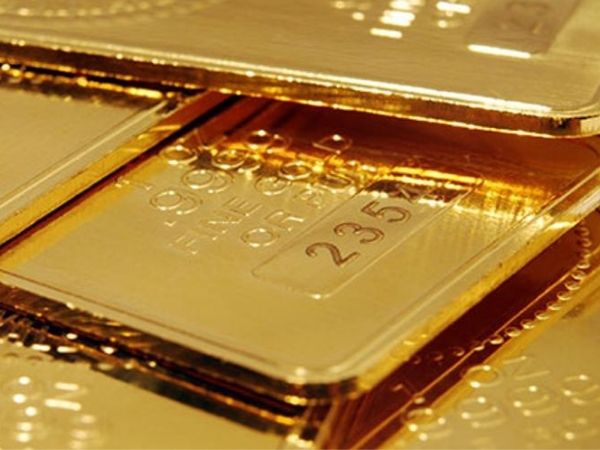
The factors that drove gold to a new all-time high of $2,067 last year are well-known. The unprecedented amount of global panic caused a flock towards precious metals, one that had just as much to do with reactionary government policies as the crisis itself. Over the span of 12 months, gold gained around 25% while silver topped a seven-year high and became the main item on many a watchlist. In their Gold Outlook report for 2021, the World Gold Council (WGC) stated that it expects gold to post an almost as strong of a performance this year due to a combination of new and existing tailwinds.
Inflated stock valuations are a boon for gold
According to the report, the stock market is again shaping up to be a massive red flag. Long before the crisis hit, many experts were warning that equities’ valuations are overblown and that the longest bull run in the market’s history is slated for a correction, if not an altogether crash. The WGC points out that the S&P 500 price-to-sales ratio is at historic highs, yet also likely to expand further.
Near-zero bond yields send investors to gold as a safe haven
With the effective elimination of most sovereign bonds from portfolios, investors will now look to take on a more risk-on approach in search of gains, said the WGC. The renewed appetite for risk will also be powered by optimism in regards to a rapid global economic recovery after one of the worst slowdowns over the past century. The increased reliance on dubiously-valued stocks is likely to bring on strong pullbacks and market swings. While this turbulence alone is beneficial to gold, the metal is likely to receive even more support as higher risk will place more emphasis on hedging, especially in the absence of bonds that formerly fulfilled this role.
Inflation fears and inflation-resistant assets
Though not yet materialized in substantial form, inflation has been on the mind of every market participant ever since the government decided to expand the money supply with an unseen multi-trillion dollar stimulus. With the Federal Reserve and the European Central bank both stating their willingness to allow inflation to run past the targeted rate of 2%, the WGC’s report notes that gold prices increased by 15% on average during years where the inflation rate exceeded 3%. Of course, inflationary policies are just one of gold’s government-backed tailwinds, with ballooning budget deficits and the aforementioned normative of low to negative-yielding debt acting as pillars of support on their own.
Overseas gold demand increases
While last year’s demand for physical gold reached sky-high levels on one side, it was subdued from another as economic activity from the world’s top gold consumers slowed. The WGC expects this to change in 2021, projecting that consumer demand for gold from both China and India will return to form. The report cites data from the Indian Dhanteras festival in November as evidence that jewelry demand is already well on the track to recovery, having bounced back from the Q2 lows.
Central banks influence gold’s price
In contrast to 2018 and 2019, two record years in terms of central bank purchases, the WGC’s report forecasts a change in dynamic. With gold prices being near all-time highs, central banks could alternate between buying and selling, along with purchases no longer being widely spearheaded by Russia. Nonetheless, the WGC says that the official sector will continue to offer strong support for gold in the ever-growing bid to diversify foreign reserves, especially during a time of questionable fiat.

